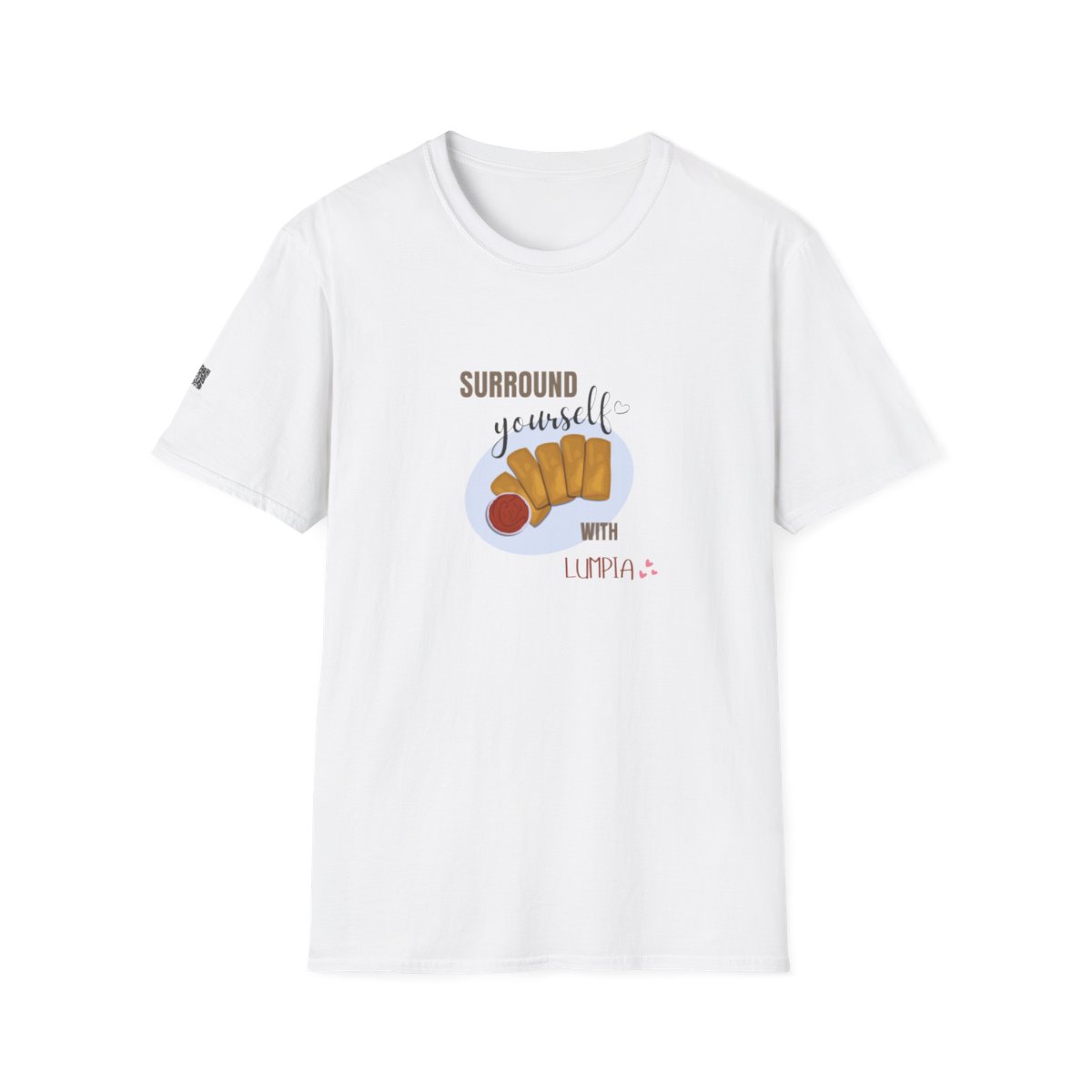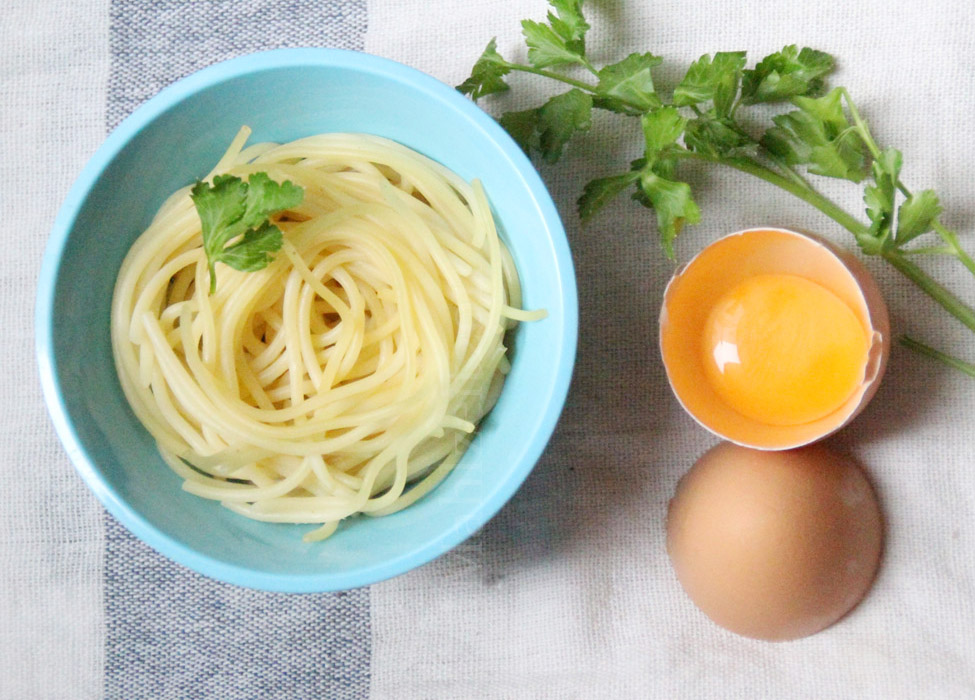
Lumpiang Shanghai is a popular Filipino dish consisting of small, tightly rolled spring rolls filled with a mixture of ground pork and vegetables. The name “Shanghai” in Lumpiang Shanghai reflects its Chinese influence, as the dish is believed to have originated from Chinese spring rolls. But references point to 2 Hokkien words, lun meaning moist and pia meaning pastry as its etymology. However, the Filipino spring roll version has its own distinct characteristics and flavors.
The filling typically includes ground pork combined with finely chopped vegetables such as carrots, onions, garlic, and green onions. Some variations may also include potato or other vegetables for added texture and flavor. The filling is seasoned with soy sauce, salt, and pepper, and sometimes other spices or seasonings.
Lumpia shanghai is often eaten as an appetizer, as bite-sized pieces and served as appetizers, these treats are often the first ones to wiped off from the dish plates. It is also sometimes sold as street food – or varieties of it and you can definitely get some even when on a budget. I’ve never met a Filipino who doesn’t like lumpia, that even though it’s not on the lowcarb food list, I would cheat with it any time. ^_^ Thus, my favorite quote for it is “Surround yourself with Lumpia” – which is the positive feeling you get when eating it… (You can of course buy our shirt on this page!)
Here’s the typical ingredients and method in cooking lumpia.

Ingredients:
- 1 kg ground pork
- 1 cup finely chopped carrots
- 1 cup finely chopped green onions
- 1 cup finely chopped onions
- 3 cloves garlic, minced
- 1 egg
- 2 tablespoons soy sauce
- Salt and pepper to taste
- Lumpia wrappers (spring roll wrappers)
- Cooking oil for deep frying
Instructions:
Prepare the Filling:
In a large bowl, combine the ground pork, carrots, green onions, onions, garlic, and water chestnuts (if using).
Add the egg, soy sauce, salt, and pepper. Mix everything thoroughly until well combined. Set aside.
Wrap the Lumpia:
Take a lumpia wrapper and place it on a clean surface.
Spoon about 1-2 tablespoons of the filling onto the wrapper, positioning it near the bottom edge.
Roll the wrapper tightly over the filling, folding in the sides halfway through the rolling process.
Seal the edge of the wrapper by moistening it slightly with water.
Repeat this process until all the filling is used up.
Heat the Oil:
In a deep skillet or frying pan, heat enough oil for deep frying over medium-high heat.
You can test if the oil is hot enough by dropping a small piece of wrapper into the oil. If it sizzles and rises to the surface, the oil is ready.

Fry the Lumpia:
Carefully place the lumpia rolls into the hot oil, seam side down, in batches. Do not overcrowd the pan.
Fry the lumpia for about 3-4 minutes per side or until they are golden brown and crispy.
Use tongs to turn them occasionally for even cooking.
Drain and Serve:
Once the lumpia are cooked to a golden brown color, remove them from the oil and place them on a plate lined with paper towels to drain excess oil.
Serve hot with your favorite dipping sauce, such as sweet chili sauce or banana ketchup.
Variations
Lumpia itself can vary in ingredients…and lumpiang shanghai may be different from the northern region than the south.
Lumpiang Gulay (Vegetable Lumpia): Unlike Lumpiang Shanghai, Lumpiang Gulay is a vegetarian version of lumpia that is filled with a variety of sautéed vegetables. Common ingredients include cabbage, carrots, green beans, bean sprouts, and sometimes tofu or jicama. It is seasoned with soy sauce and other spices, then wrapped and fried similarly to Lumpiang Shanghai.
Lumpiang Sariwa (Fresh Spring Rolls): Also known as “fresh lumpia,” this type of lumpia features a soft, thin wrapper made from flour and water, filled with a mixture of cooked vegetables, shrimp, and sometimes pork. The filling typically includes ingredients like carrots, cabbage, green beans, jicama, and lettuce. Lumpiang Sariwa is often served with a sweet and savory sauce made from starch, soy sauce, garlic, and ground peanuts.
Lumpiang Ubod (Heart of Palm Lumpia): This type of lumpia is made with heart of palm (ubod), carrots, and sometimes shrimp or chicken, wrapped in a thin lumpia wrapper and served with a garlic-flavored vinegar dipping sauce. It is a popular dish in the Philippines, especially in the provinces where heart of palm is abundant.
Turon: While more of a dessert, turon is a sweet version of lumpia that features ripe plantains (saba bananas) and sometimes jackfruit, wrapped in lumpia wrappers along with brown sugar, then deep-fried until caramelized and crispy. It’s often served as a snack and can be enjoyed on its own or with a scoop of ice cream.
As with other recipes, lumpia recipes, whichever type, will be significantly different from one region to another due to several factors:
Availability of Ingredients: Different regions may have access to different ingredients based on their climate, geography, and local agriculture. For example, a coastal region might incorporate more seafood into their dishes, while an inland area might rely more on meats or grains.
Cultural Influences: Each region has its own cultural heritage, traditions, and culinary practices that influence the way dishes are prepared and seasoned. These cultural factors can lead to variations in ingredients, cooking methods, and flavor profiles.
Historical Context: Historical events, migrations, and trade routes have shaped regional cuisines over time. For instance, colonial influences or historical trade connections with neighboring countries can introduce new ingredients and cooking techniques to a region’s cuisine.
Economic Factors: Economic factors such as income levels, food prices, and agricultural practices can influence the types of ingredients used in a region’s cuisine. In regions with abundant seafood, fish and shellfish might be more prevalent in recipes, whereas in regions with limited resources, dishes might be more reliant on affordable staple ingredients.
Religious and Dietary Restrictions: Religious beliefs and dietary restrictions can also impact regional recipes. For example, regions that adhere to meat dietary laws will use other kinds of meat, while regions with a significant vegan population may have vegetarian variations of traditional dishes.
Environmental Factors: Environmental factors such as altitude, temperature, and humidity can affect cooking techniques and ingredient availability. Recipes may need to be adapted to account for these.
All that being said, enjoy your homemade Lumpiang Shanghai! And don’t forget surround : yourself with lots of it. ^_^



Leave a Reply